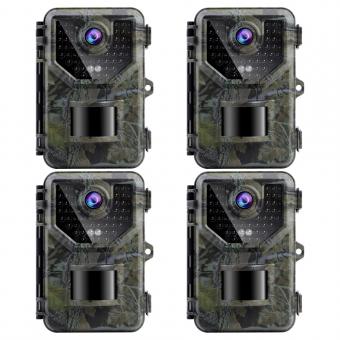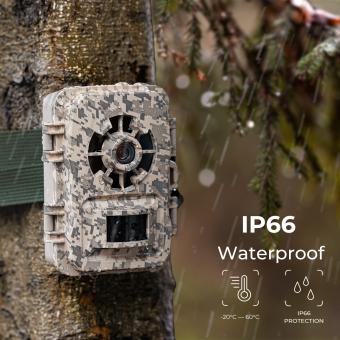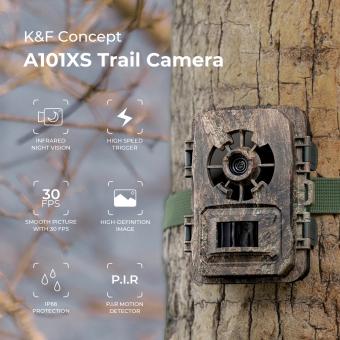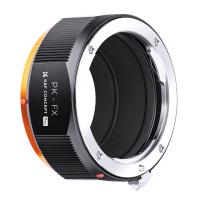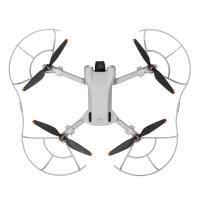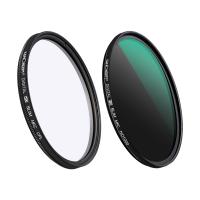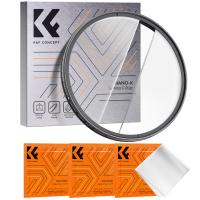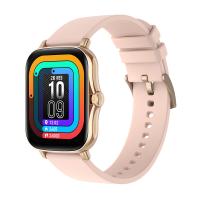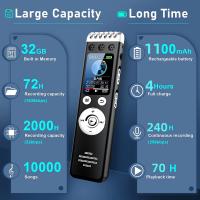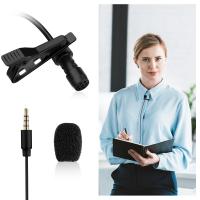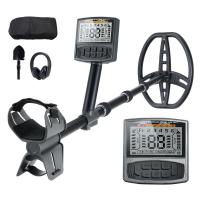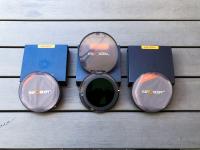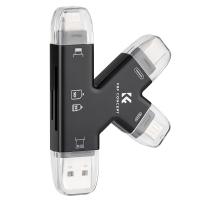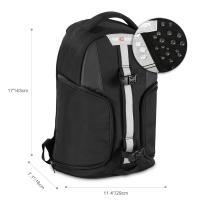At What Speed Do Cameras Flash?
In the realm of photography, the speed of a camera flash is a critical factor that can significantly influence the quality and outcome of a photograph. Whether you are a professional photographer or an enthusiastic hobbyist, grasping the nuances of flash speed can elevate your photography skills to new heights. This article delves into the intricacies of camera flash speed, exploring its importance, how it works, and practical tips for optimizing its use in various photographic scenarios.
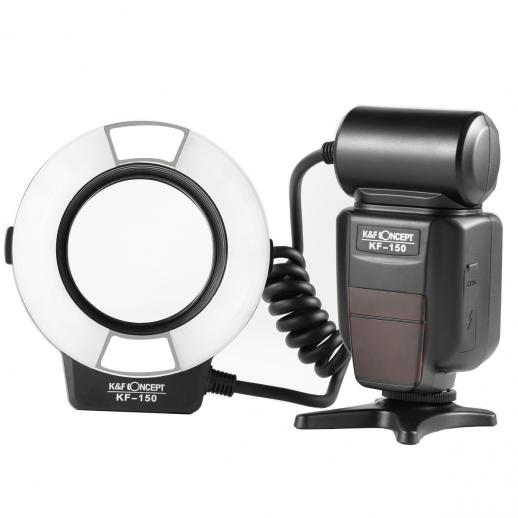
The Basics of Camera Flash Speed
Camera flash speed, often referred to as flash duration, is the length of time that the flash emits light. This duration is typically measured in milliseconds (ms) or microseconds (µs). The speed of the flash is crucial because it determines how well the flash can freeze motion and how it interacts with the camera's shutter speed.
Why Flash Speed Matters
1. Freezing Motion: One of the primary reasons photographers use flash is to freeze motion. A fast flash duration can capture sharp images of fast-moving subjects, such as athletes in action or wildlife in motion. The shorter the flash duration, the better it can freeze the subject without motion blur.
2. Balancing Ambient Light: Flash speed also plays a role in balancing ambient light with the flash. In situations where there is a mix of natural and artificial light, a fast flash can help ensure that the subject is well-lit without overexposing the background.
3. Reducing Red-Eye: A quick flash can minimize the red-eye effect often seen in portrait photography. This effect occurs when the flash reflects off the retina of the subject's eyes. A faster flash reduces the likelihood of this reflection being captured.
How Flash Speed Works
Flash speed is determined by the design and technology of the flash unit. Modern electronic flashes, also known as speedlights or strobes, use capacitors to store and release energy quickly. When the flash is triggered, the capacitor discharges its energy through a flash tube, producing a burst of light.
The duration of this burst can vary depending on the power setting of the flash. At lower power settings, the flash duration is shorter because less energy is released. Conversely, at higher power settings, the flash duration is longer as more energy is required to produce a brighter burst of light.
Measuring Flash Speed
Flash speed is typically measured using two metrics: t.1 and t.5 times.
- t.1 Time: This is the duration during which the flash output is above 10% of its peak intensity. It is a more accurate representation of the effective flash duration and is used by professional photographers to gauge the flash's ability to freeze motion.
- t.5 Time: This is the duration during which the flash output is above 50% of its peak intensity. It is a less precise measure but is often used by manufacturers to market their flash units because it results in a shorter, more impressive-sounding duration.
Practical Applications of Flash Speed
1. Action Photography: In sports or wildlife photography, where subjects move rapidly, a flash with a short t.1 time is essential. For instance, capturing a sprinter at the finish line or a bird in flight requires a flash duration of less than 1/1000th of a second to ensure sharp images.
2. Portrait Photography: When shooting portraits, especially in low-light conditions, balancing the flash with ambient light is crucial. A flash with adjustable power settings allows photographers to control the flash duration and intensity, ensuring natural-looking skin tones and reducing harsh shadows.
3. Macro Photography: In macro photography, where subjects are often small and close to the lens, a fast flash is necessary to avoid motion blur caused by even the slightest movements. Additionally, a short flash duration helps in achieving greater depth of field by allowing the use of smaller apertures.
Tips for Optimizing Flash Speed
1. Use High-Speed Sync (HSS): High-Speed Sync is a feature available in many modern flash units that allows the flash to be used at shutter speeds faster than the camera's native sync speed. This is particularly useful in bright conditions where you need to use a wide aperture for a shallow depth of field.
2. Adjust Flash Power: Lowering the flash power reduces the flash duration, making it faster. This is beneficial when you need to freeze motion. However, be mindful of the trade-off between flash power and light output.
3. Combine Multiple Flashes: Using multiple flash units can help achieve the desired lighting without relying on a single flash at full power. This technique, known as cross-lighting, can create more dynamic and evenly lit images.
4. Experiment with Flash Modifiers: Flash modifiers such as diffusers, softboxes, and reflectors can help control the quality and direction of light. While they do not directly affect flash speed, they can enhance the overall lighting setup, making it easier to achieve the desired photographic effect.
Understanding and mastering the speed of camera flashes is a vital skill for any photographer aiming to capture high-quality images. By comprehending the principles of flash duration, measuring flash speed accurately, and applying practical techniques, photographers can significantly improve their ability to freeze motion, balance light, and create stunning photographs in various scenarios.
Whether you are capturing the fleeting moments of a sports event, the intricate details of a macro subject, or the subtle expressions in a portrait, the speed of your camera flash can make all the difference. Embrace the power of flash speed, experiment with different settings, and watch your photography skills soar to new levels.

